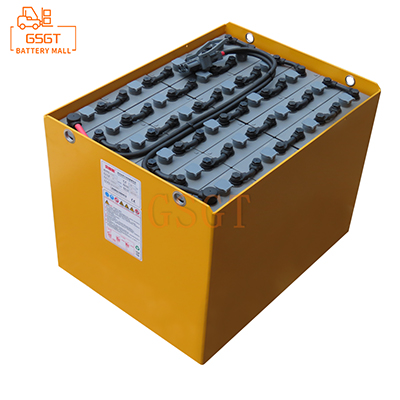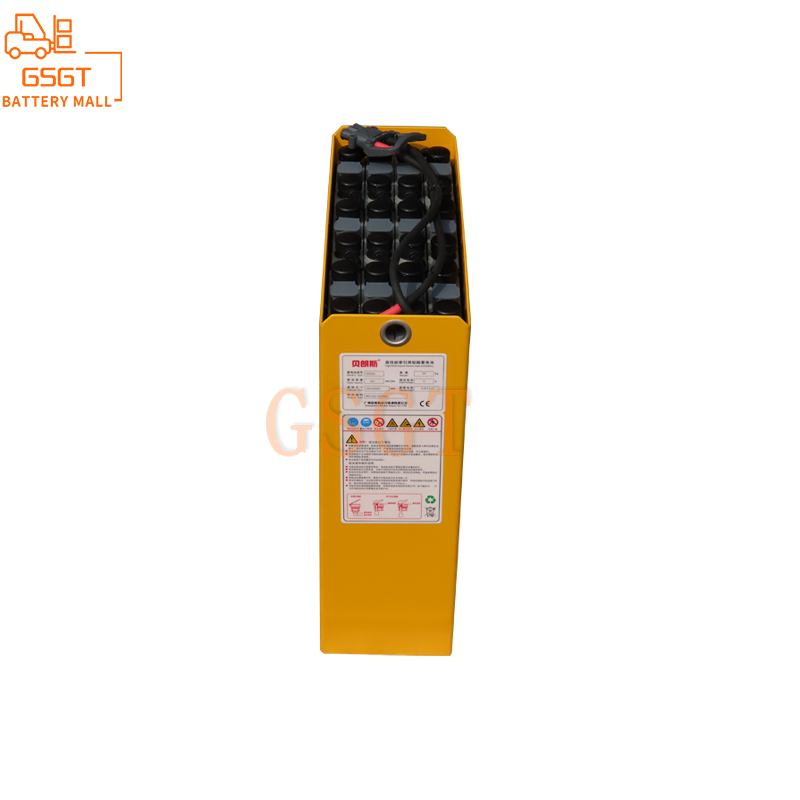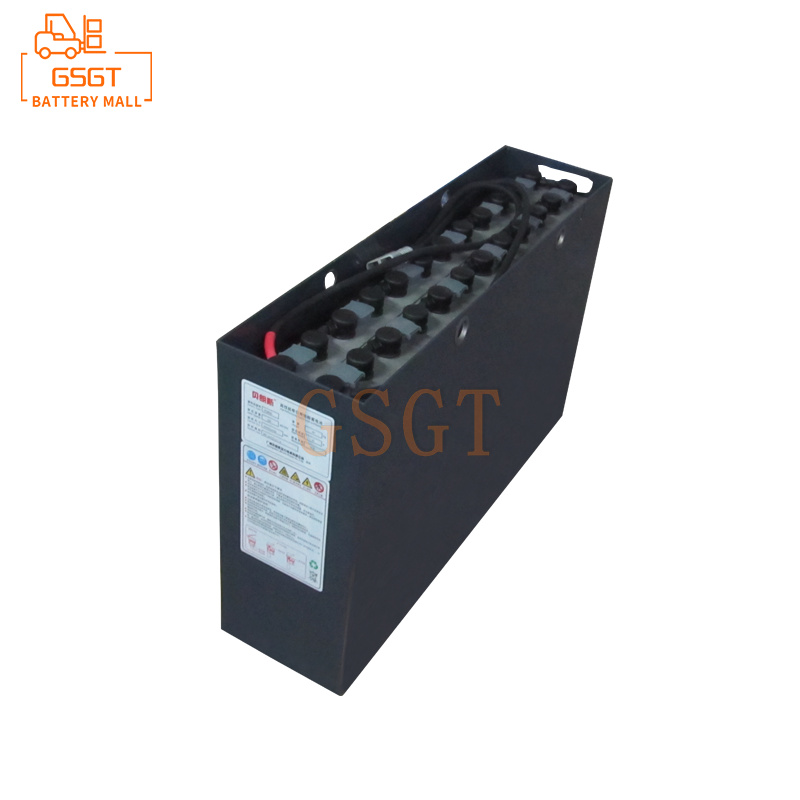Time:2025-03-22 11:05:38
Browse:496
## Introduction
As an important power source for all kinds of equipment, batteries are widely used in automobiles, communication base stations, energy storage systems and other fields. However, the terminal part is vulnerable to corrosion, which seriously threatens the performance and service life of the battery. Terminal corrosion is mainly due to the volatilization and leakage of sulfuric acid components in the electrolyte. In a humid environment, sulfuric acid reacts with metal terminals, resulting in oxidation and rust on the surface of terminals, and increased resistance, which leads to failures such as poor contact and unstable power supply. According to incomplete statistics, the proportion of battery failures caused by terminal corrosion is as high as 30%-40%, which greatly increases equipment maintenance costs and downtime risks. Traditional protection methods have limitations in acid resistance, and it is difficult to meet the increasingly stringent use needs, and it is urgent to develop new protection processes. Under this background, the new sealant coating process came into being, and its acid resistance became the key index to evaluate the effectiveness of the process.
## New sealant coating process principle
The new sealant coating process uses a specially formulated sealant to form a dense protective film on the surface of the battery terminal through precise coating technology. The sealant is composed of high-performance polymer matrix, acid-resistant filling material and special additives. The polymer matrix has good flexibility and adhesion, and can be tightly attached to the surface of the terminal to isolate the direct contact between the external environment and the metal. Acid-resistant filling materials, such as nano-sized ceramic particles and special metal oxides, are uniformly dispersed in the polymer matrix, effectively enhancing the acid-resistant corrosion ability of the coating. When sulfuric acid molecules attempt to erode the coating, the filling material reacts with sulfuric acid to form a stable compound that prevents further penetration. Special additives promote polymer cross-linking curing and adjust the physical properties of the coating to ensure that the coating can maintain a stable structure under different temperature and humidity conditions.
Coating process with advanced automation equipment, such as electrostatic spraying, dip coating process, etc., to achieve accurate control of coating thickness. Taking electrostatic spraying as an example, the sealant is charged under the action of high voltage electric field and uniformly adsorbed on the surface of the grounded terminal to form a coating with a thickness of 0.2-0.5 mm. This precise coating ensures the integrity and consistency of the coating, avoids the problems of coating leakage and thickness inequality, and provides a full range of protection for the terminal.
## Acid resistance test scheme design
### Simulated corrosion environment construction
In order to accurately test the acid resistance of the new sealant coating process, it is necessary to simulate the harsh corrosion environment of the battery in actual use. Set up a constant temperature and humidity test chamber to control the internal temperature at 40 ° C ± 2 ° C to simulate high temperature conditions; The relative humidity is maintained at 85% ± 5% to create a humid environment. At the same time, the sulfuric acid solution volatilization device is placed in the test box to stabilize the concentration of sulfuric acid gas in the box at 50ppm-100ppm to simulate the sulfuric acid volatilization atmosphere of the electrolyte. Battery terminal specimens with a new sealant coating are placed there to ensure full exposure to a simulated corrosion environment.
### Test indicators are determined
The mass change rate, coating appearance change and contact resistance change are selected as the main test indexes. The mass change rate reflects the material loss of the coating in the corrosion process. The mass change rate is calculated by weighing the specimen before and after the test by high-precision electronic balance. The appearance changes of the coating were observed by optical microscope and scanning electron microscope to record whether the coating appeared foaming, peeling, cracking and other phenomena. Contact resistance changes use a professional resistance measuring instrument to regularly measure the contact resistance of the terminal specimen in a simulated corrosion environment to evaluate the impact of the coating on the electrical performance of the terminal.
### Compare test Settings
To highlight the advantages of the new sealant coating process, set a comparison group. One group of terminal specimens treated with traditional sealant coating process, and the other group of bare terminal specimens without any protection. The three groups of specimens were placed in a simulated corrosion environment at the same time, and each index was tested according to the same test cycle, so as to visually compare the acid resistance of terminals under different protection processes.
## Acid resistance test results and analysis
### mass rate of change results
After 30 consecutive days of simulated corrosion test, the quality of the unprotected bare terminal specimen decreased significantly, and the mass change rate was as high as 15%, indicating that sulfuric acid corrosion caused a large amount of metal loss. The mass change rate of the specimen using the traditional sealant coating process is 8%, although it has a certain protective effect, but there are still more material losses. The mass change rate of the specimen treated by the new sealant coating process is only 2%, which is much lower than the previous two, showing its excellent corrosion resistance, which can effectively prevent the corrosion of sulfuric acid on the metal terminal and reduce the quality loss.
### Analysis of coating appearance change
Through microscope observation, the surface of the unprotected bare terminal is covered with corrosion pits, and the metal is seriously rusted. The traditional sealant coating has many bubbling and peeling phenomena, and some areas have lost their protective effect. The new sealant coating is basically intact, only small pinholes are found locally, and the overall structure is stable, indicating that it can maintain the integrity of the coating for a long time in an acid-resistant environment and continue to provide protection for the terminal.
### Contact resistance changes
The contact resistance of the unprotected bare terminal rose rapidly in the initial stage of the test, and after 10 days it exceeded the normal use range, reaching more than 100mΩ. The conventional sealant coated terminal contact resistance also increased significantly after 20 days, exceeding 50mΩ. The contact resistance of the new sealant coated terminal remains basically stable during the 30-day test period, and is always lower than 10mΩ, which effectively ensures the stability of the electrical connection of the terminal and avoids the adverse contact caused by corrosion affecting the battery performance.
## Conclusion
The new sealant coating process has demonstrated outstanding advantages in acid resistance tests, significantly reducing terminal corrosion rates, maintaining coating integrity and electrical performance stability. Compared with the traditional protection process, the new process provides more reliable protection for battery terminals, which is expected to significantly extend the service life of batteries in practical applications and reduce equipment maintenance costs. In the future, with the continuous optimization of the process, the new sealant coating is expected to be promoted and applied in more fields, providing a more durable and stable power supply guarantee for all kinds of equipment that rely on batteries. At the same time, for different use scenarios, sealant formulation optimization and coating process improvement can be further explored to meet the needs of higher standards of acid corrosion resistance.

$3405

$1270

$2040

$1060

MESSAGE
Professional And Efficient
Security
Affordable Price
Professional Services